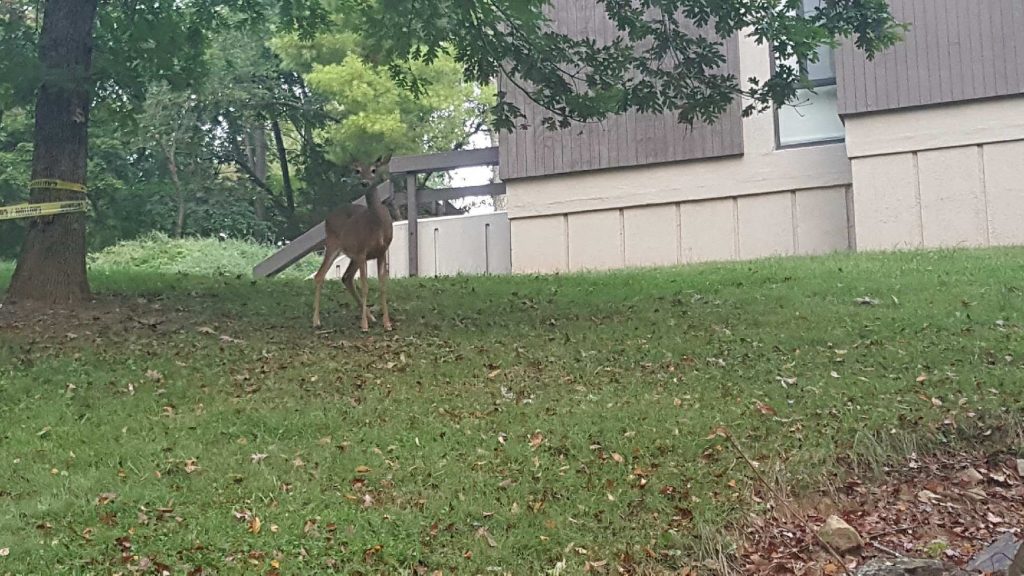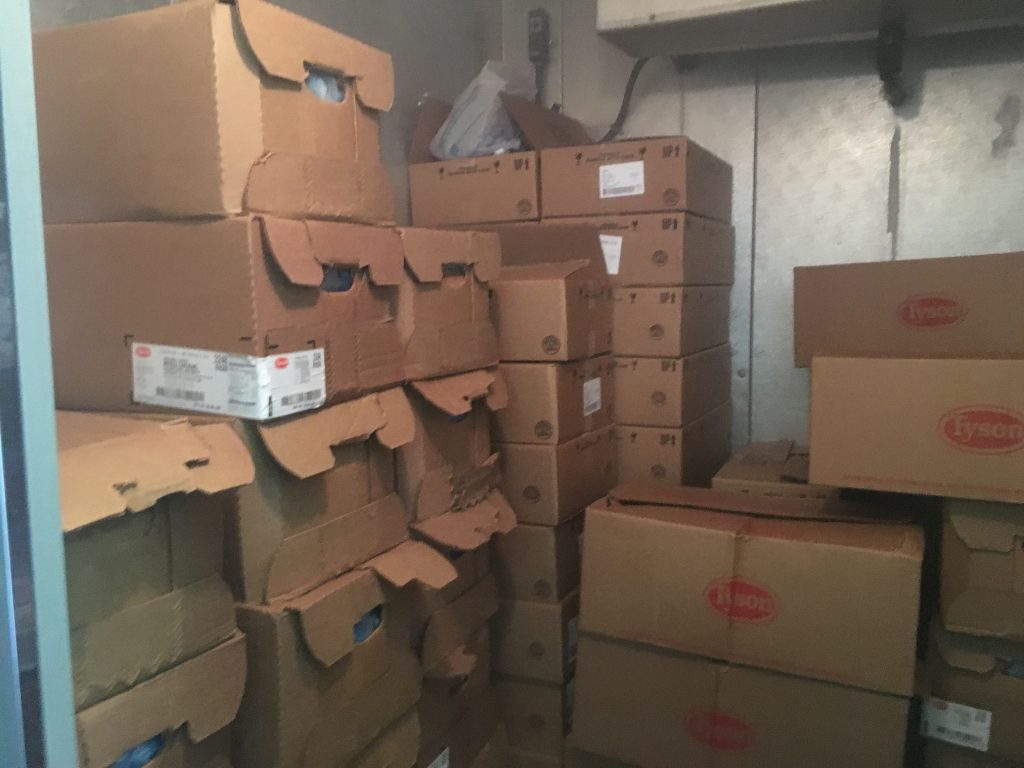By Alison Murtagh
Bryan Hale was only 5 when he began hunting with his father. What started as small game soon turned into bigger kills as he befriended deer hunters and improved his own hunting techniques. When Hale, of Roanoke, eventually started a family of his own, he continued the family tradition and passed down his passion for hunting to his daughter.
Hale recognizes that not everyone shares his family’s love of killing their own food.
“I guess everybody has their own opinion about hunting, and there are some people that it truly bothers, and I guess to a certain extent I can understand their point,” Hale said. “But a lot of people that want to fuss about us hunting and killing deer, they have no problem going to Kroger, or Whole Foods, or the Natural Foods Co-op here in Roanoke and buying grass fed beef, or pork or chicken.”

Whatever controversy guns and deer-hunting might evoke in some quarters, there’s another side of it for Hale and hundreds of others like him in this part of Virginia.
Hale donates extra venison from his hunts to Hunters for the Hungry. The organization collects deer killed by hunters and farmers throughout Virginia and sends it to local processors. The meat is then distributed to organizations.
In this area, the Rockbridge Area Relief Association (RARA) receives donations and distributes them from its building on Spotswood Drive in Lexington.
But the volume is of venison in this area is declining, according to the closest processor for RARA, in Amherst County.
According to Joe Albert, the owner of Green Valley Meat Processors, when he bought the plant 12 years ago, his company processed between 300 and 400 venison donations a year. However, that number is now down to around 150 a year.
Albert said part of the reason might be a decreasing number of hunters in the area.
“There’s not the enthusiasm for hunting that there used to be,” Albert said.
According to Gary Arrington, Special Projects Coordinator for Hunters for the Hungry as well as a hunter himself, there are also other factors that have kept deer kill numbers down.
“One of the things has been the economy,” Arrington said. “Over the last several years, we’ve had a lot of people tells us that where they used to give us a deer, now they’re keeping it, or they’re giving it to somebody in their family or somebody in their church that’s lost a job.”
Other factors include the weather, or a healthy mass crop, resulting in the deer not having to travel as much to find food.
Founded in 1991 by David Horne, Virginia’s Hunters for the Hungry has donated millions of servings of venison to people throughout the state—from Bristol, to Culpeper, to Lexington. Over the past five years alone, the charity has processed and distributed a yearly average of approximately 300,000 pounds of venison.
Laura Newell Furniss, Director of Virginia’s Hunters for the Hungry, said the program receives venison year round. The meat is then processed in one of 88 locations, depending on where the kill was made.
RARA receives donations from Hunters for the Hungry once a year.

According to Dick Reiss, the Pantry Manager at RARA, Hunters for the Hungry donates around one ton of venison at a time. The meat takes up about a third of the building’s walk in freezer and is usually completely distributed after three to five months.
RARA serves between 1,200 and 1,500 clients a month. However, Reiss said that only 600-800 people pick up the venison from RARA during their monthly visits. According to Reiss, a lot of people don’t like venison because of its strong taste.
“It’s a marvelous program,” Reiss said. “I mean, for the amount of protein that they just give away, [it’s] mind boggling. And we all need protein, and deer meat is a whole lot better for you than the stuff that comes out of factory farms these days.”
According to Furniss, all the agencies Hunters for the Hungry donates to are very grateful.
“Meat is a very costly commodity so when they can get it at no charge it is really [a] benefit to their budget,” Furniss said.
The organization does not charge anyone participating in the program—from the hunters who donate, to the feeding programs that receive the meat. The costs of processing and distribution are covered by donations and grants.
According to Arrington, 86 cents of every dollar is put towards program operation. The other 14 cents per dollar is used to cover administration and fundraising costs.
People looking to get involved in the organization don’t have to be hunters. Arrington said people donate financially, volunteer, and run programs for the organization.
“It’s just a great way to feed people and use a resource that the good Lord gave us,” Hale said.
